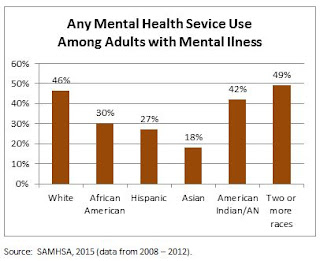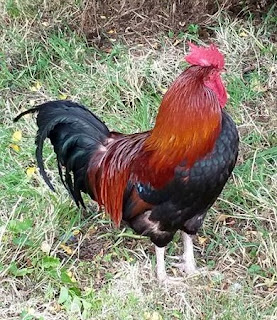A slight blog this week as I succumb to the Black Death.
Thanks to Pieter Bruegel for his illustrative account of my descent.
The Department for Culture Media and Sport has been told by George Osborne to plan for cuts of 40% over the next three years. DCMS, along with all other government departments except for defence, health, education and international development, have been told to pan for two scenarios for 25% and 40% cuts to 2019. The Arts Council, which had been hoping to negotiate for an increase in grant in aid backed up by the value of the creative industries which contribute £7.7 billion a year to the economy, is expected to take another hit, following the 30% cut to arts funding since 2011 when it fell from £449m to £349m, with another 5% in 2013.
The Arts Council England's Developing Sector Leaders programme is open to applications. Funding is available for activities to develop leadership and governance relevant to the arts and culture sectors. Leadership and governance development organisations with a strong track record (over three years of successful delivery of professional development activities) in the cultural sector can apply to this programme. To be eligible for funding organisations must have a national reach across libraries, museums and arts organisations and be compliant with all relevant governance reporting and accountability requirements. Up to £1.5m can be applied for but applicants need to have a minimum of 10% match funding from cash income. Projects must start from January 2016 onwards and complete by September 2019. The deadline for applications is midday on 27th August 2015. Read more at: http://www.artscouncil.org.uk/funding/apply-funding/apply-for-funding/developing-sector-leaders/
Artists in Residence Grants
The Levehulme Trust is offering grants of up to £15,000 to UK universities and museums to foster a new creative collaboration with an artist (visual artists, creative writers, musicians, poets) working in a discipline outside the institution's usual curriculum. Artists may not apply directly - all applications must be made by the host institution. There must be a distinct contrast between the artist and host department's expertise (for example, a poet being hosted by a physics department, a composer by a geography department). The residency must be a newly constituted collaboration between artist and hosts.
The grants provide a stipend of up to £12,500 for the artist and consumable costs, such as artist's materials, of up to £2500. A typical residency would be for ten months based on the artist being present at the host institution for two days per week. The deadline for applications is 4pm on the 10th September 2015. Read more at:
https://www.leverhulme.ac.uk/funding/grant-schemes/artist-residence-grants
.



















